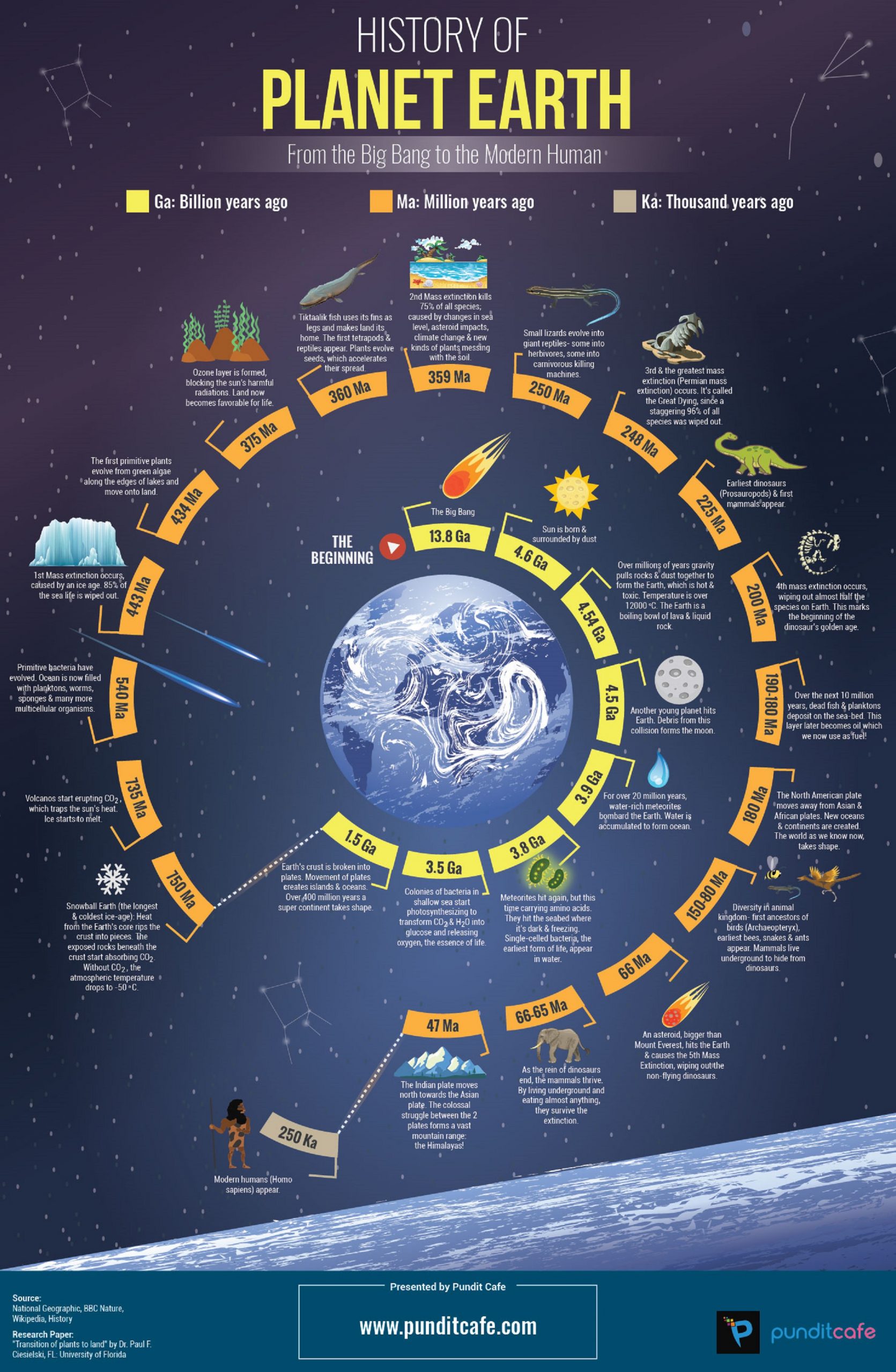Advance BioChemistry: How Organism are Related
The Big Bang
The big bang → Earth condensation → Microbes → Anabaena with heterocytes → Oxygen appear in the atmosphere → Endosymbiotic (mitochondria) → Endosymbiotic (chloroplast) → Oxygen reach to 22% → Sponges → Trilobites → landing → reptile → mammal like reptile → pangaea separates → flowering plaints/E. coli → primate → Homo
 |
|---|
| © dailyinfographic |
How Similar We Are
In the GMP synthesis, E. coli and eucaryotic organisms are doing the same pathway. This shared process highlights the similarities in fundamental biochemical pathways across diverse species.
When compare to E. coli to human cell, E.coli are way more complicated than human cell:
- all amino acid: It can synthesize all amino acids, whereas humans can’t produce all of them endogenously.
- Food: Capable of consuming more than 100 types of food.
- Environments: Can thrive in a wide range of environments, showcasing its adaptability.
In contrast, human cells seem more like simplified microbes. The evolution might have played a role in streamlining certain processes in eukaryotes.
Ribosomes in Chemistry
- It precisely matches the protein shelves, making it extremely conservative in its function.
- Secondary structures are paramount, leading to mutations that are commonly paired to preserve structure and function.
- Due to the matched protein structure, the rate of gene drift is limited, ensuring stability.
Research on this ribosome led to the discovery of Archaea, prompting a revision in our understanding of the tree of life.
Gene Transfer Among Microbes
Gene transfer, often referred to as Horizontal Gene Transfer (HGT), is a prevalent phenomenon among microbes. The mechanisms include:
- Uptake of free DNA from the environment.
- Plasmid-mediated transfer.
- Conjugative mating.
- Virus-mediated transfer (transduction).
However, HGT is less common in Eukaryotes, with a few exceptions.
Operon: A Unique Feature of Microbes
Microbes often have related functional genes located in proximity. This arrangement is no accident. These genes are regulated by operons, ensuring they function in sync. The clustering of these genes is believed to have arisen due to evolutionary pressures and random events, but once established, they provide a selective advantage.
 |
|---|
| © Peter Karp, 2007 |
Advance BioChemistry: How Organism are Related
https://karobben.github.io/2023/08/21/LearnNotes/UIUC-AdBC-1/







